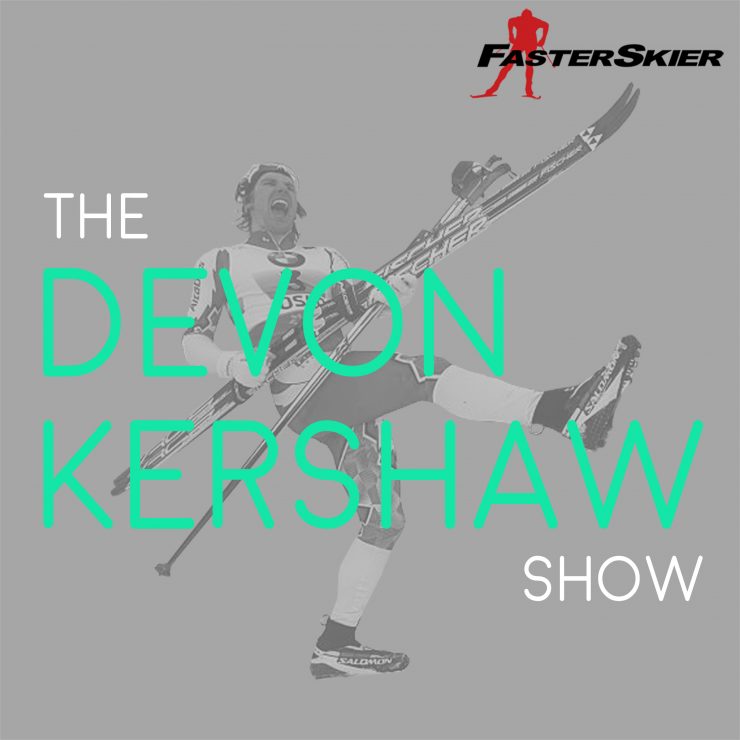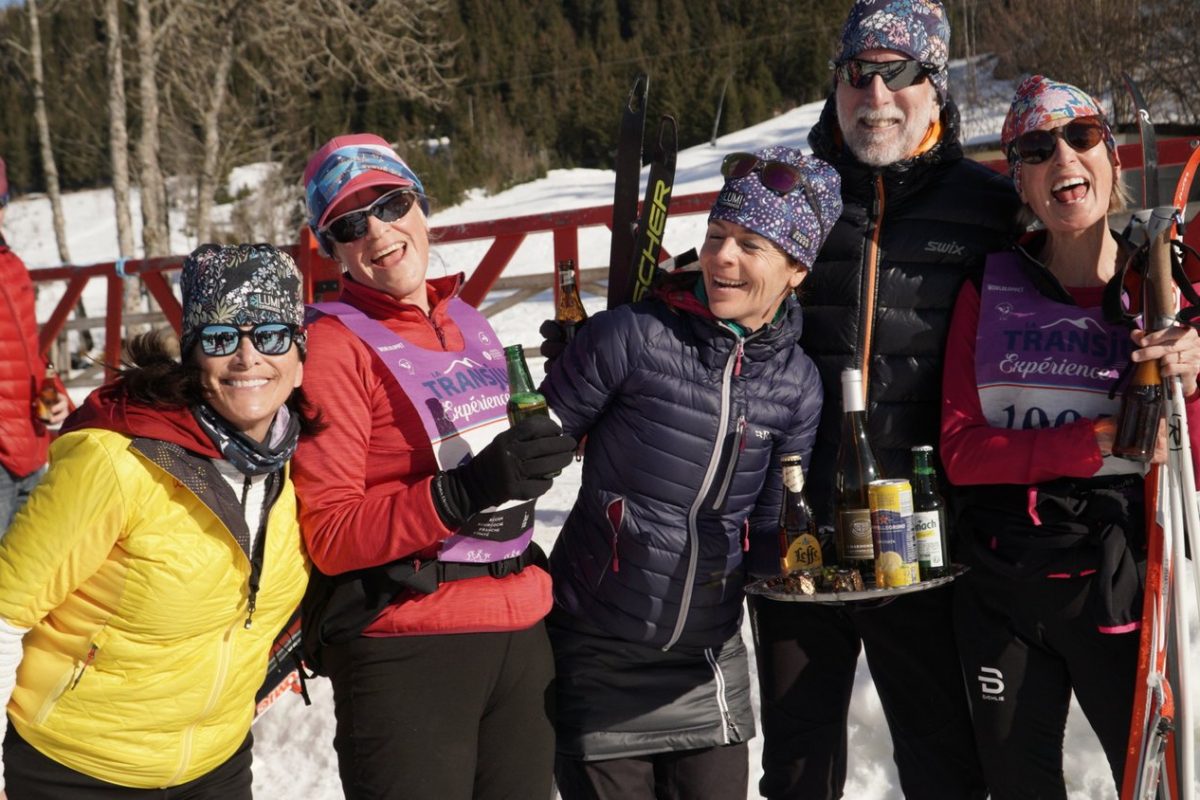
NORWAY – The Norwegian elite development project “Morgendagens Helter” (Ed. Tomorrow’s Heroes) brings 20 handpicked junior talents from all six of the ski disciplines organized under the Norwegian Ski Association (NSF) into one team.
The athletes are assigned individual mentors on the national team level, receive an annual stipend of NOK 50,000 (roughly $8,500) that is split 50/50 between the athlete and his or her home club, and are invited to several team project training camps. The money directed to the athletes’ local clubs is earmarked for talent development, recruitment, expanding local resources and coaches’ education.
The goal is to encourage sharing of know-how and experience – both from the pros to the next generation, as well as between the different disciplines.
“In order to succeed, it’s crucial to have the ability to learn not only from those who have made it to the top in you sport, but also to learn from those who have succeeded in other fields,” explains Kjetil Undhjem of Statoil, the NSF’s main sponsor for the project. He also feels that the athletes contribute value to his organization, and that the project is a win-win situation for all involved parties.
Unique
The project, a 5-year initiative backed by Statoil, is unique in that it combines talented skiers, mentors and coaches from all the FIS ski disciplines into one program. Athletes were handpicked by the association based on personal profiles, general attitude, posted results, motivation, stated ambitions and geographic considerations. Each of the NSF discipline directors picked their athletes, a task that was not easy.
“There were a lot of good candidates, and there are talents who might feel that they should have been included on the team. However, they will have a new chance already next year,” says Bård A. Amundsen, the NSF’s secretary general. He points out that the team members have a unique opportunity to contribute to recruitment and development in their own clubs or ski academies, by sharing the project resources locally.
During the camps, which are organized in various parts of the country, the athletes are introduced not only to different workouts and training methods in the ski disciplines but also to the training philosophies and methods of the other sports. During the August camp in Trondheim, for example, the athletes did a track workout led by cross-country skier and project mentor Therese Johaug, suffered through a grueling plyometrics session on the jumping hill stairs with telemark racer and mentor Eirik Rykhus, as well as several general workouts.
The skiers also made a field trip to one of Norway’s biggest and most successful professional soccer clubs, Rosenborg, where they participated in a workout with the soccer coaches and were treated to a Champions League game afterward. And finally, the skiers were challenged to create computer-guided ski robots made from Legos at the Norwegian University of Science and Engineering (NTNU) – a task they handled with excellence once they discovered there were prizes for the teams that finished first.
Solid ambassadors
In addition to the individual mentors, the project also has two major ambassadors: Bente Skari (cross-country), and Kjetil Andre Aamodt (alpine), both former Olympians and world champions. Mentors include Johaug and Eldar Rønning (cross-country), Nina Løseth and Lars Elton Myhre (alpine), Rykhus (telemark) and Anders Jacobsen (jumping).
The athletes have already completed two dryland camps, and the third will take place close to the start of the ski season.
The team consists of three telemark skiers, four ski jumpers, three cross-country skiers, three alpine freestyle skiers, three alpine skiers and three nordic combined skiers.
Well received
“It’s so nice to have a mentor who has already made it to the World Cup and knows what it takes to get to the top. My mentor, Therese Johaug, is a skier I knew a little bit from before, and that makes it easier to pick up the phone and call her,” says Hilde Losgård Landheim, one of three cross-country skiers in the project. “We’ve talked a few times now, and she gives me a lot of good advice on training. That’s really useful.”

Landheim particularly enjoys training with athletes from other ski disciplines during the team camps. So often, she says, cross-country skiers get stuck in a pattern.
“I think it’s really healthy for us to see how other athletes train, and get some ideas for basic fitness and strength. I think in those areas, it’s really beneficial to try exercises you’ve never done before and don’t handle so well. I like being challenged and new things definitely do that,” Landheim says, explaining that she finds the project concept motivating.
“It’s nice that the ski association and Statoil are spending this kind of money on us young skiers. It makes me want to train hard. I really enjoy meeting athletes from other sports, and it’s really motivating,” she says, adding that she had no idea NSF would pick her for the project.
“I was really surprised when I got the call last winter. I am honored and excited to be a part of this project,” she says, admitting that she didn’t know a lot about it before she accepted.
Landheim also finds that the project schedule works well with her existing training program from her local club (Tynset IF) and the regional division (Hedmark Skikrets).
“The project team camps are generally fairly short and held in central locations, which makes it both convenient and easy to fit into my other training program. I’m excited about the next camp already,” Landheim says. “And I really liked the pro soccer game in Trondheim.”
Inge Scheve
Inge is FasterSkier's international reporter, born and bred in Norway. A cross-country ski racer and mountain runner, she also dabbles on two wheels in the offseason. If it's steep and long, she loves it. Follow her on Twitter: @IngeScheve.



